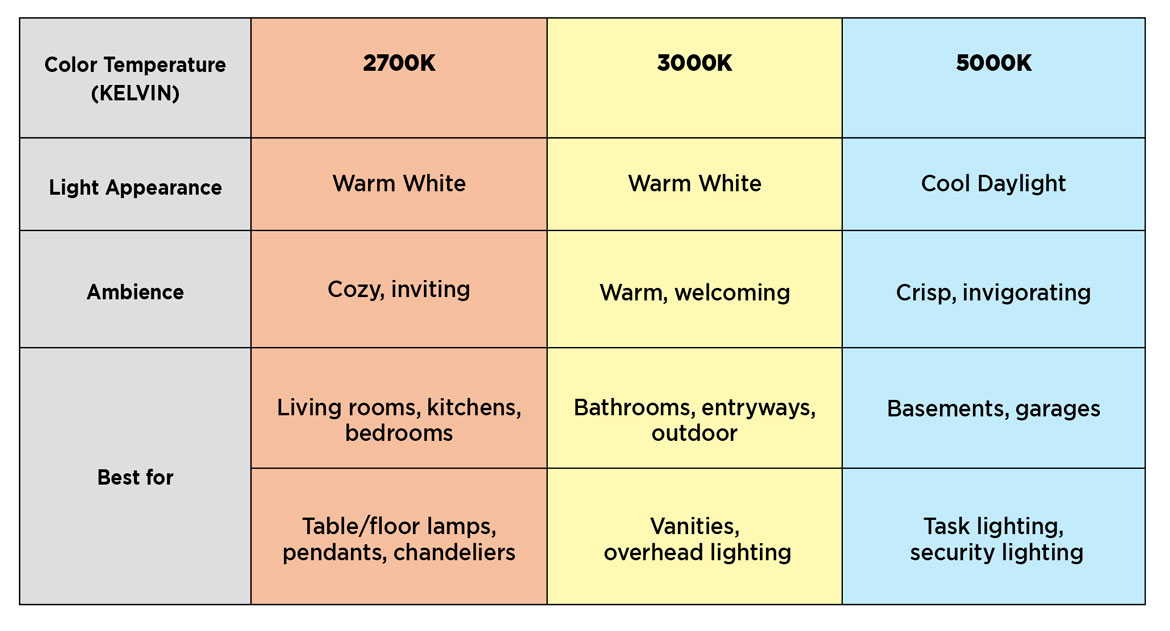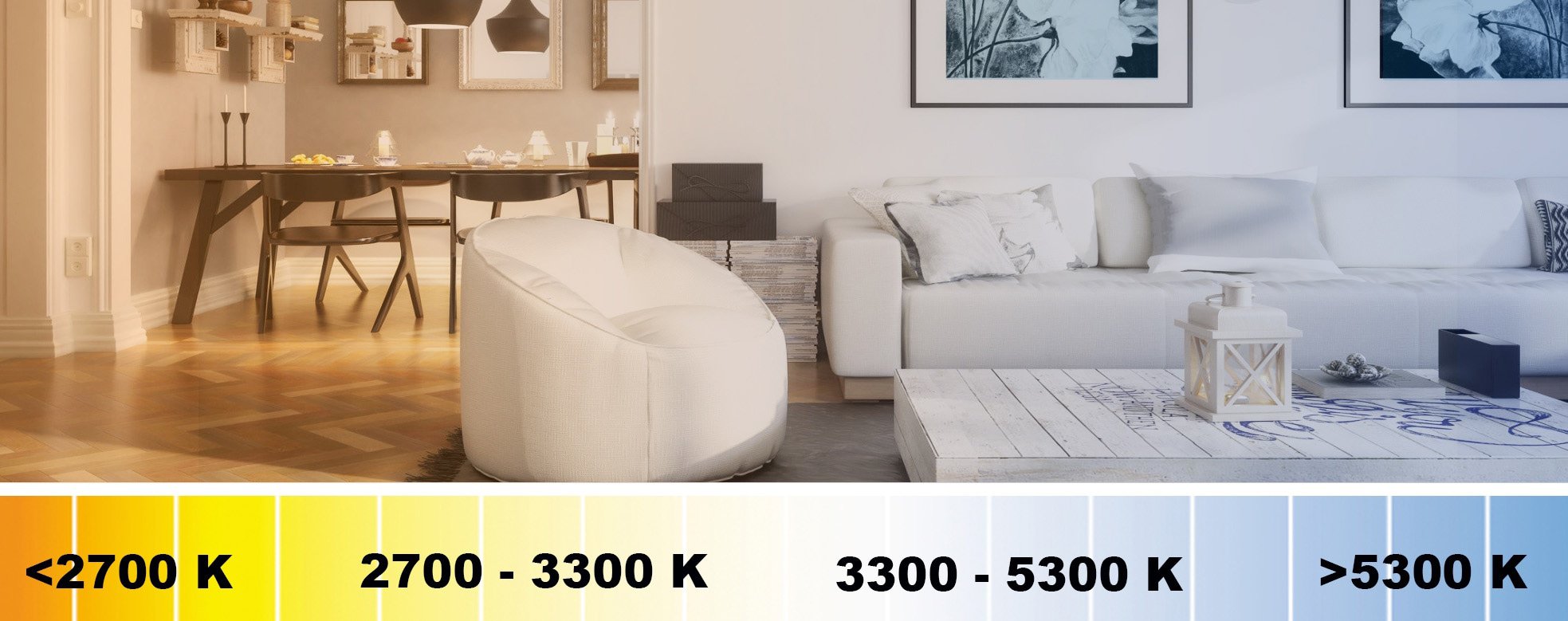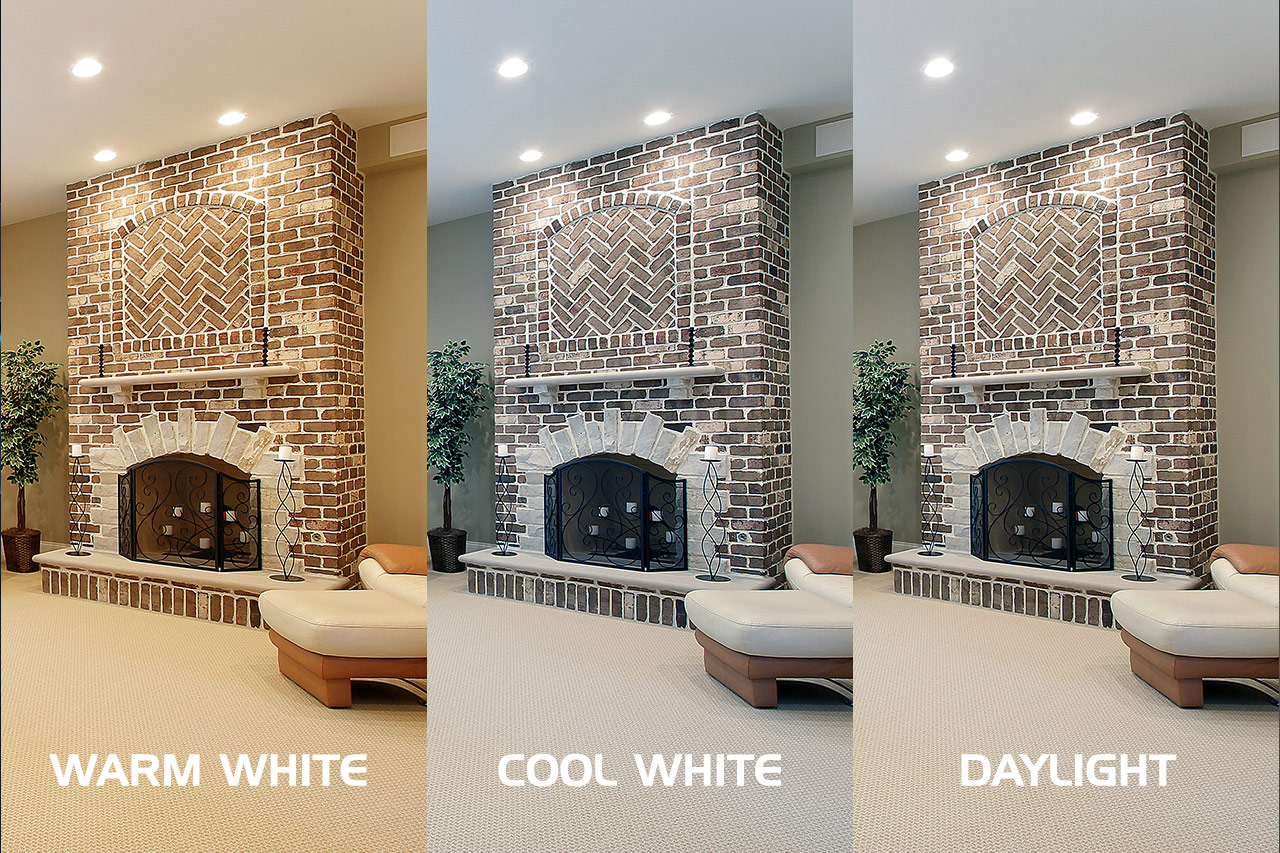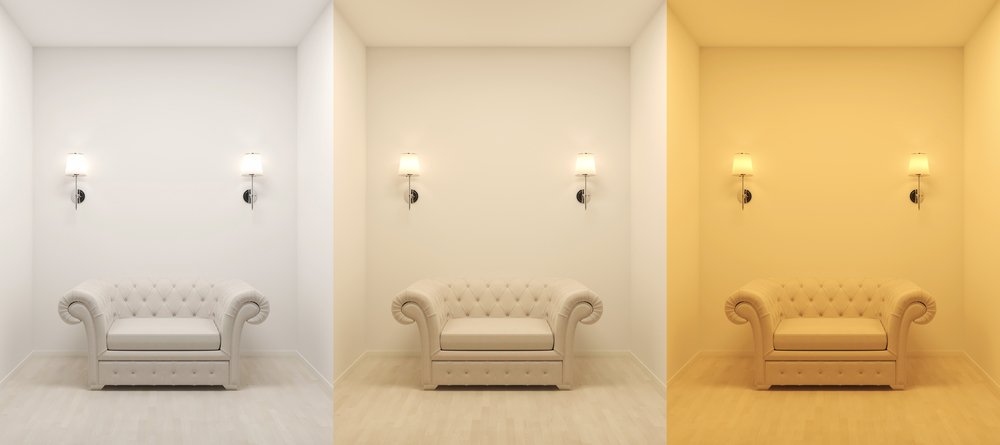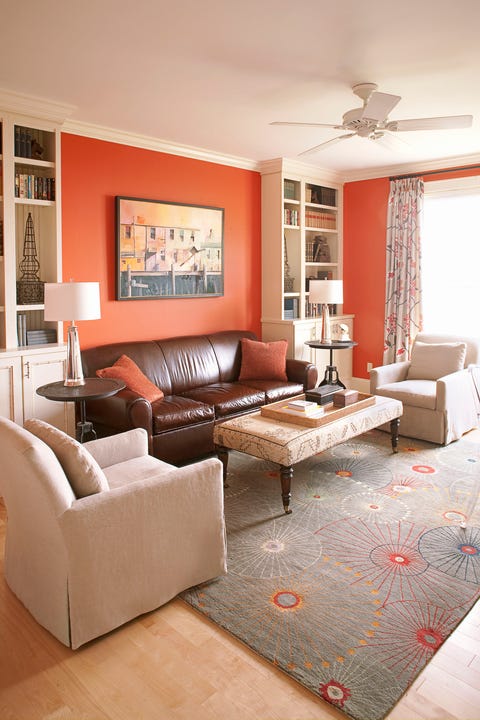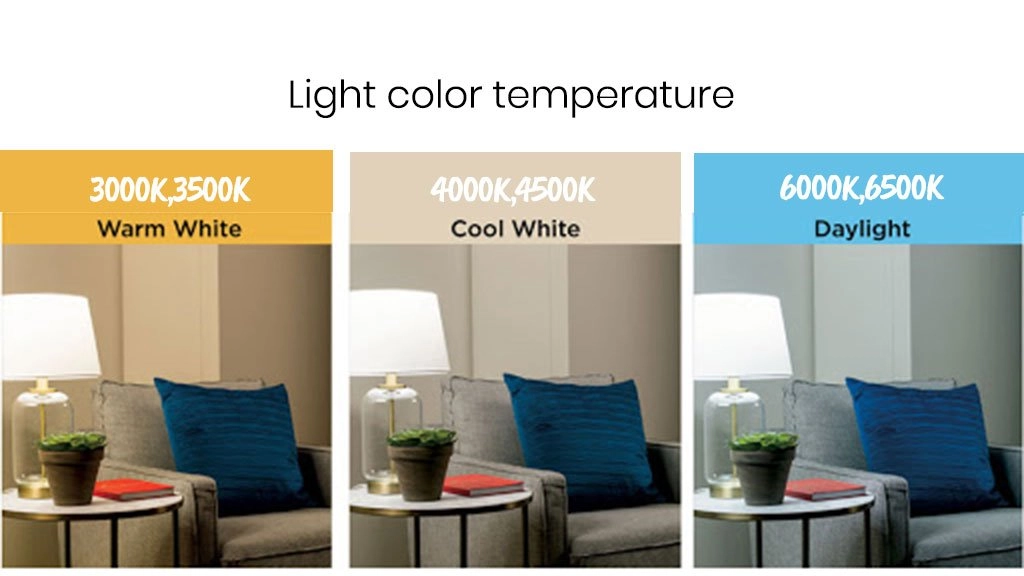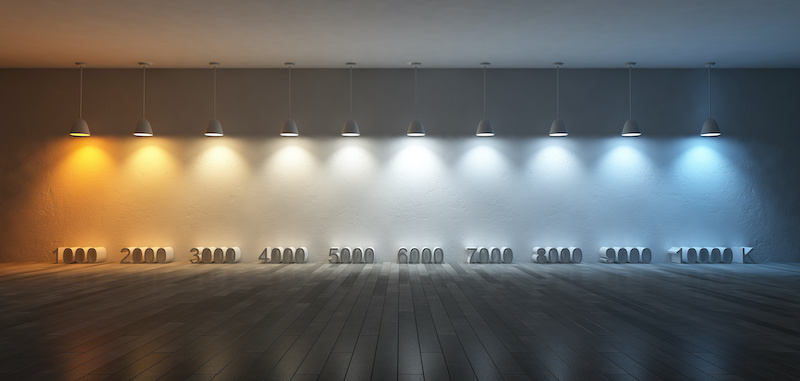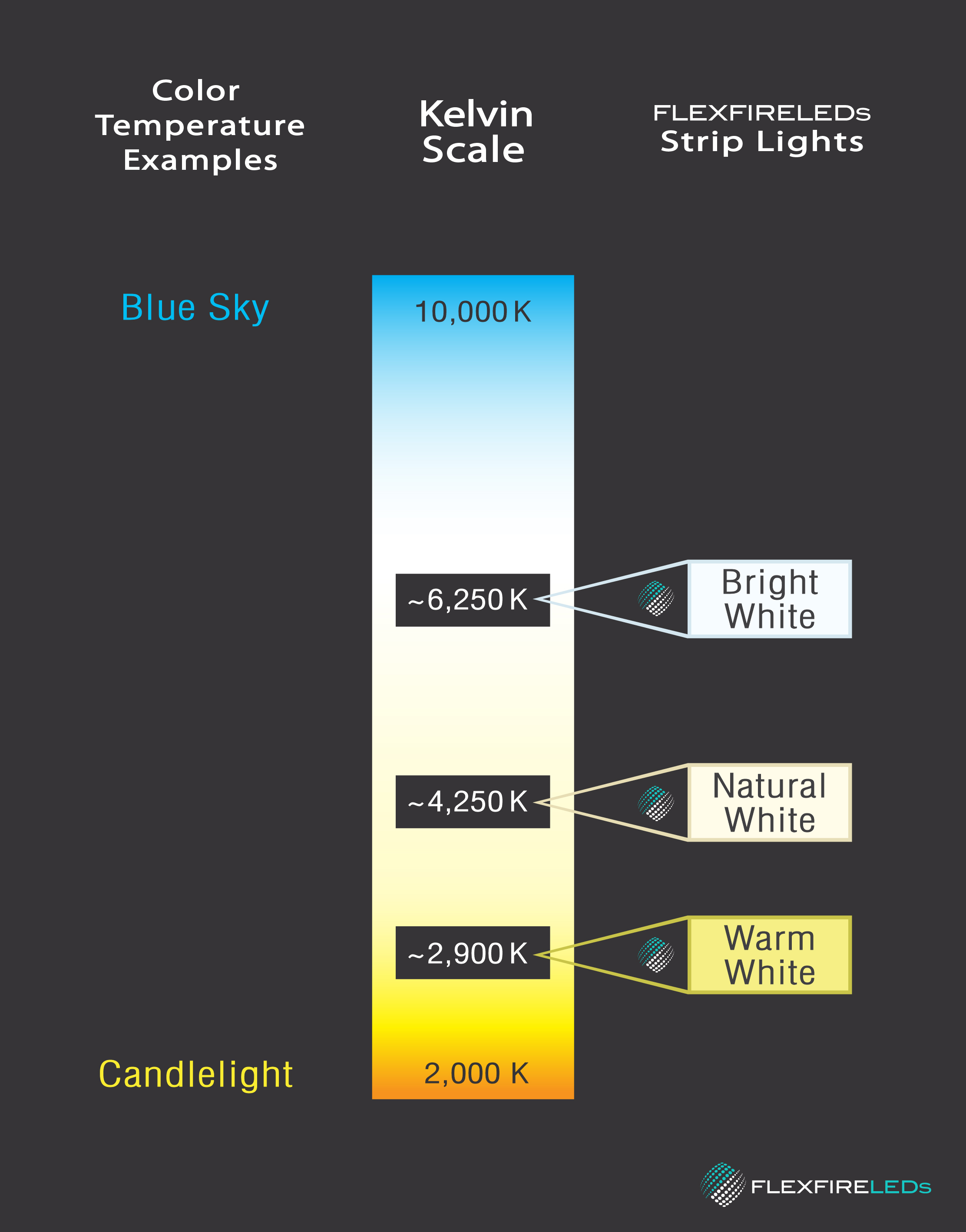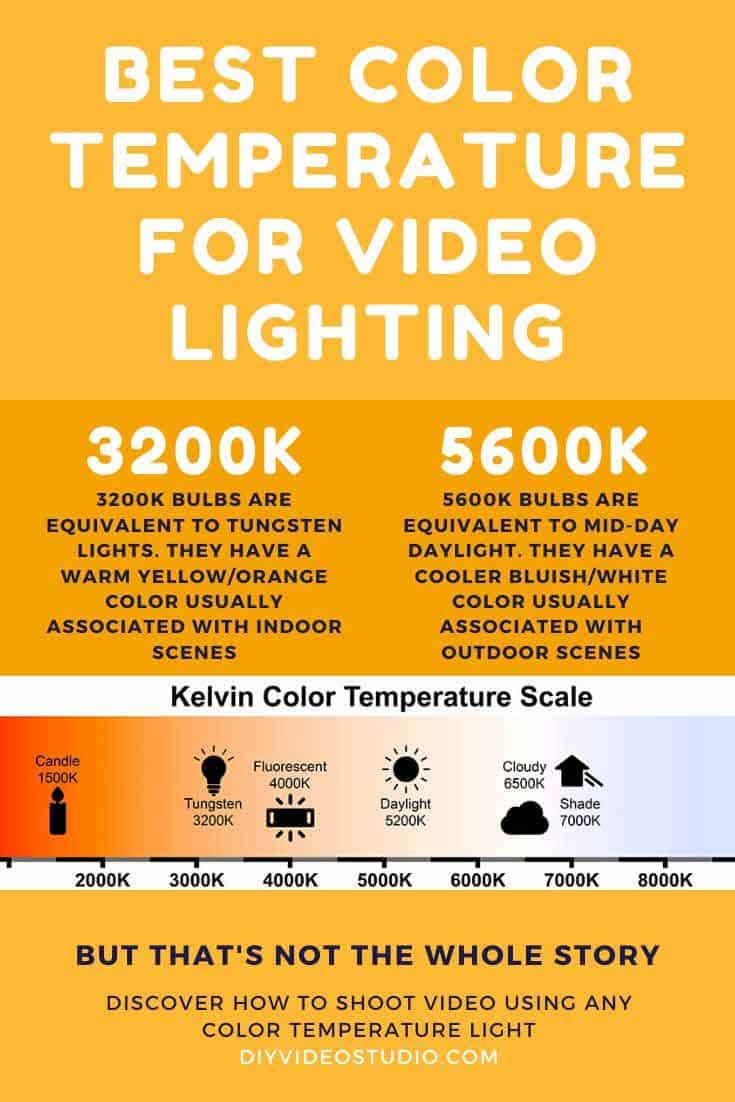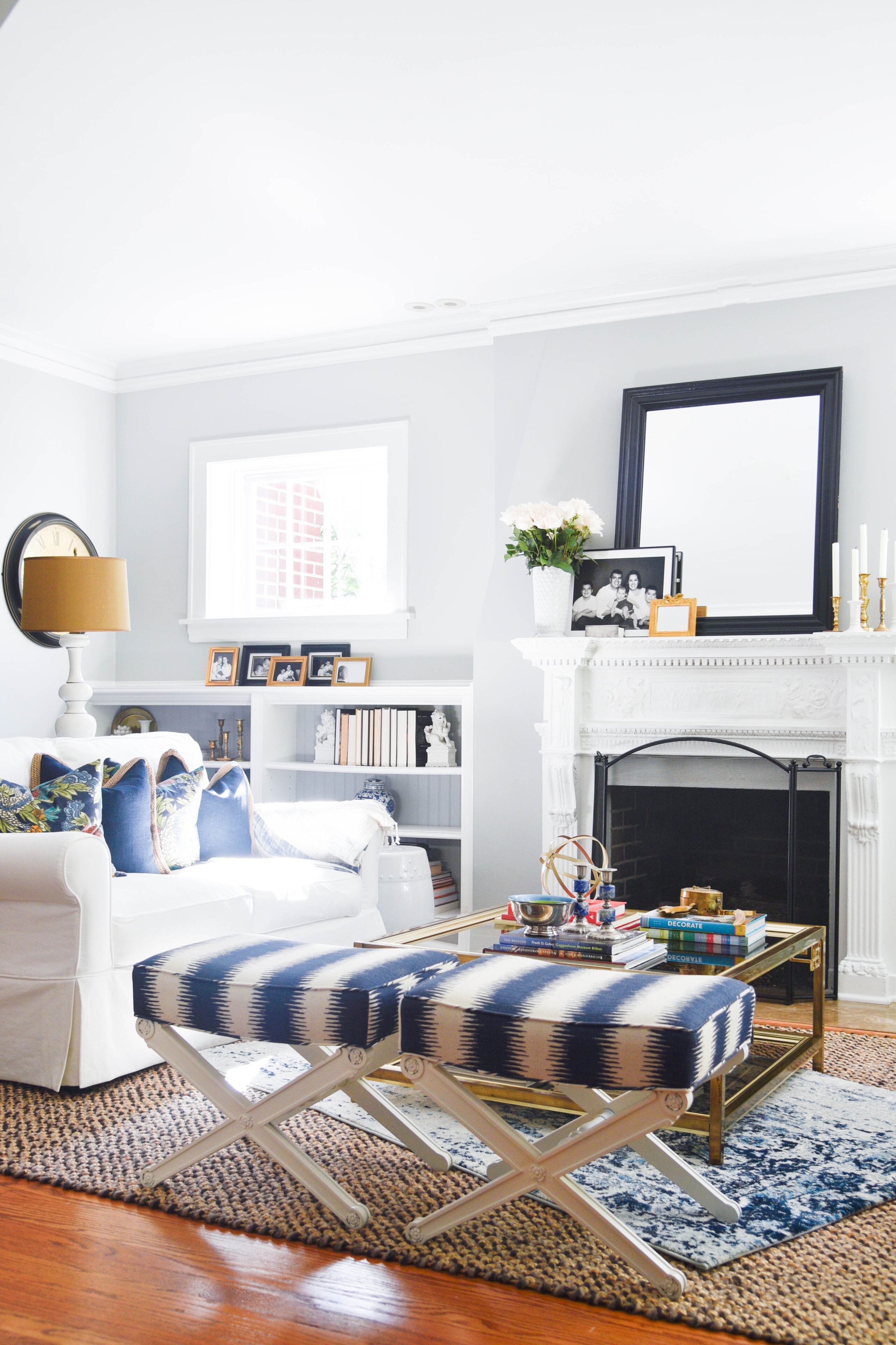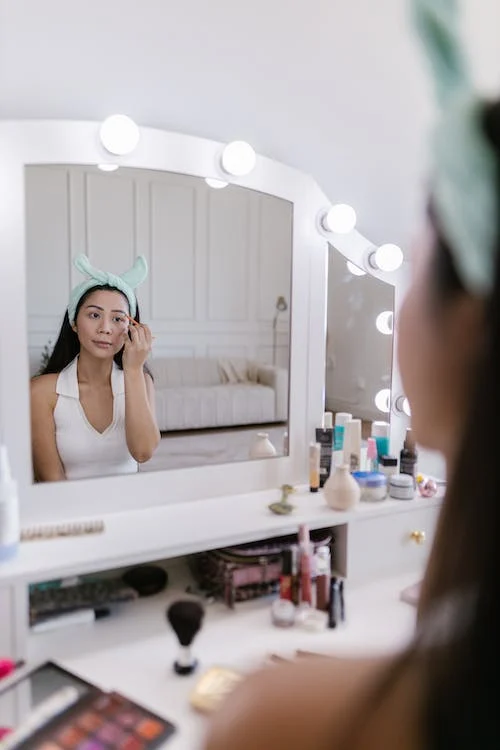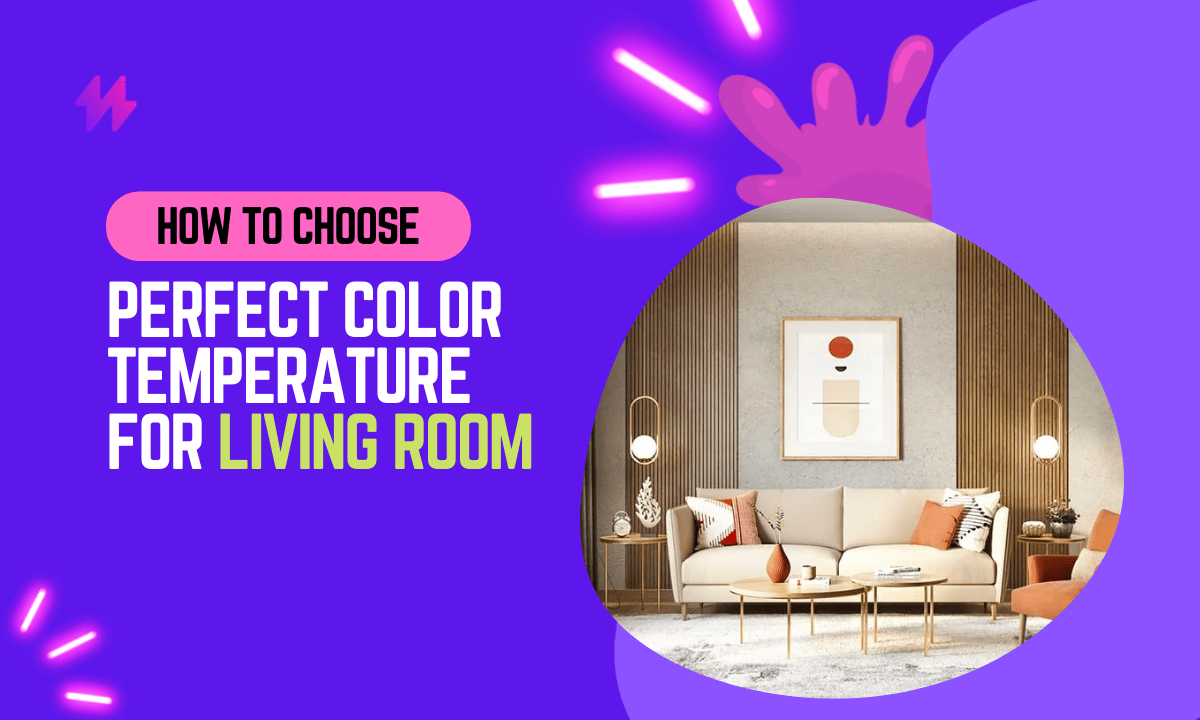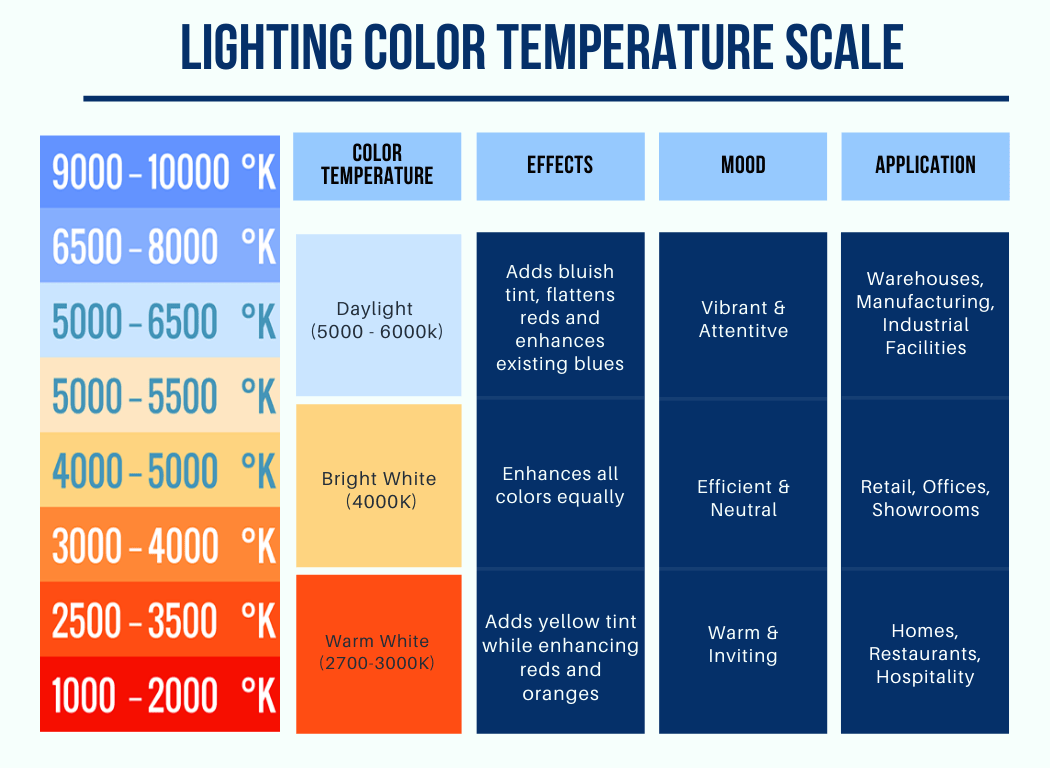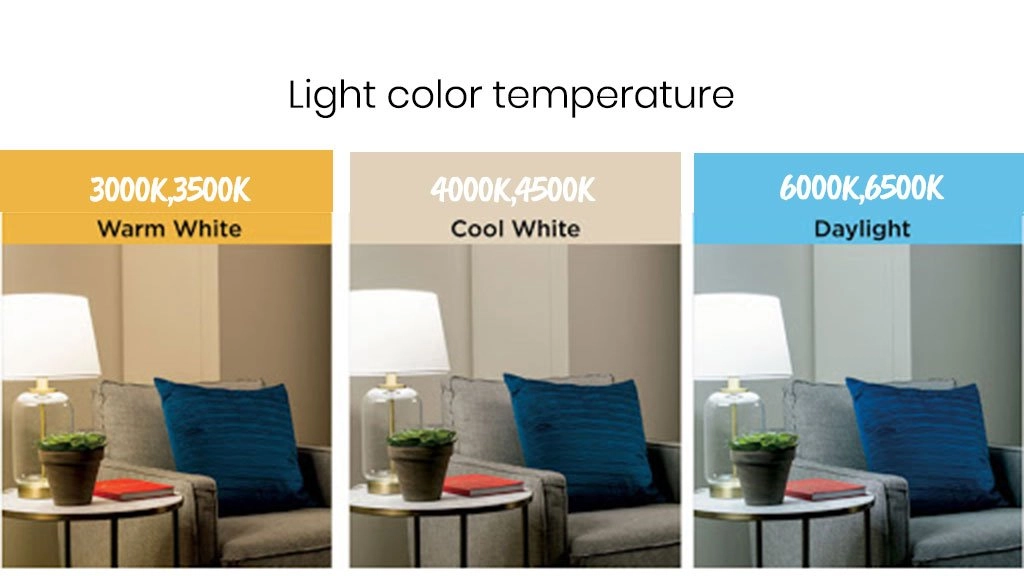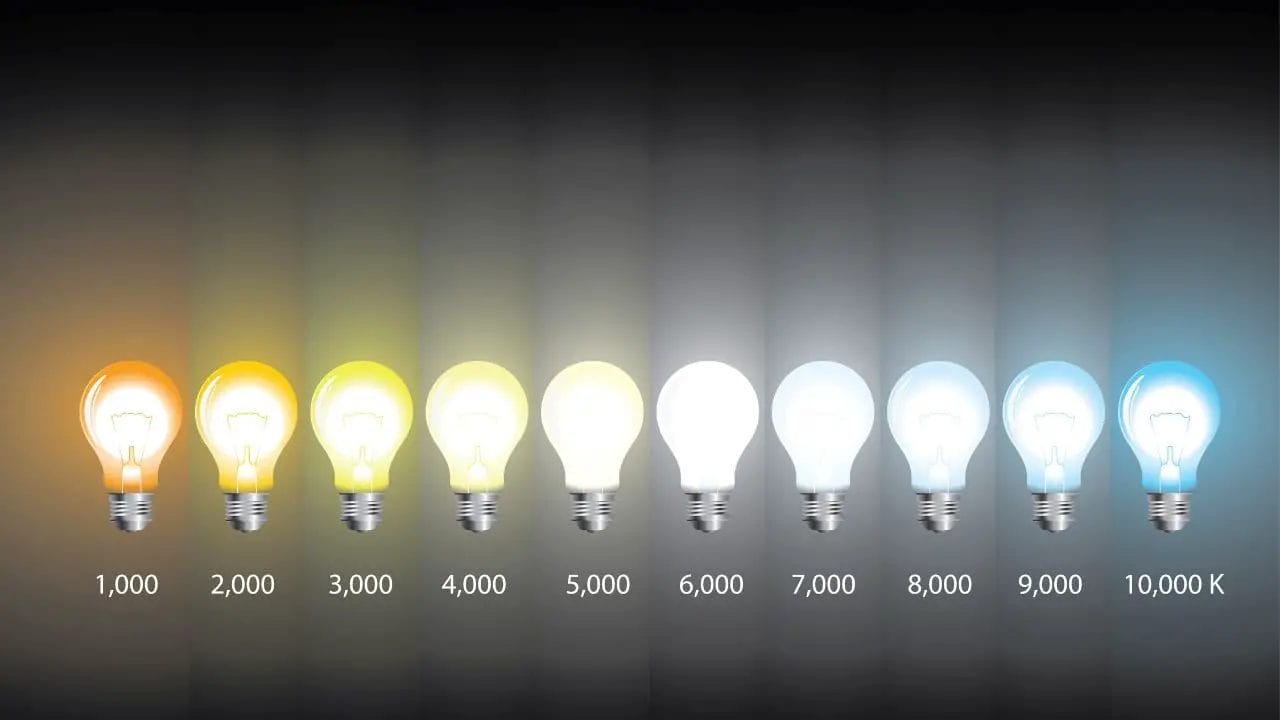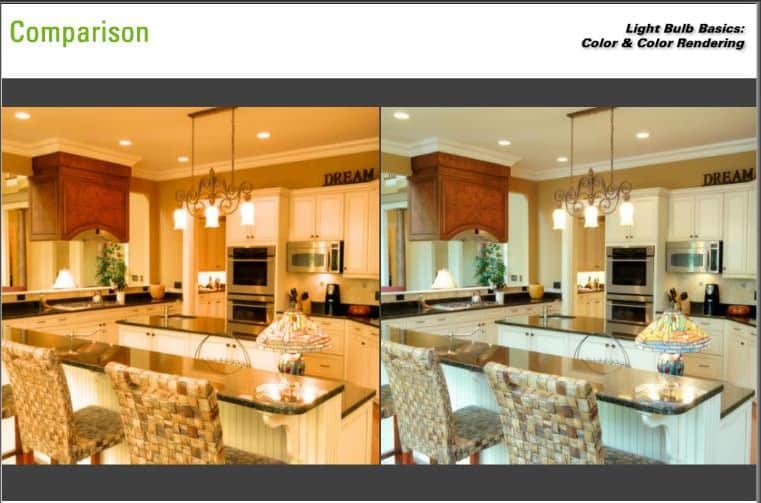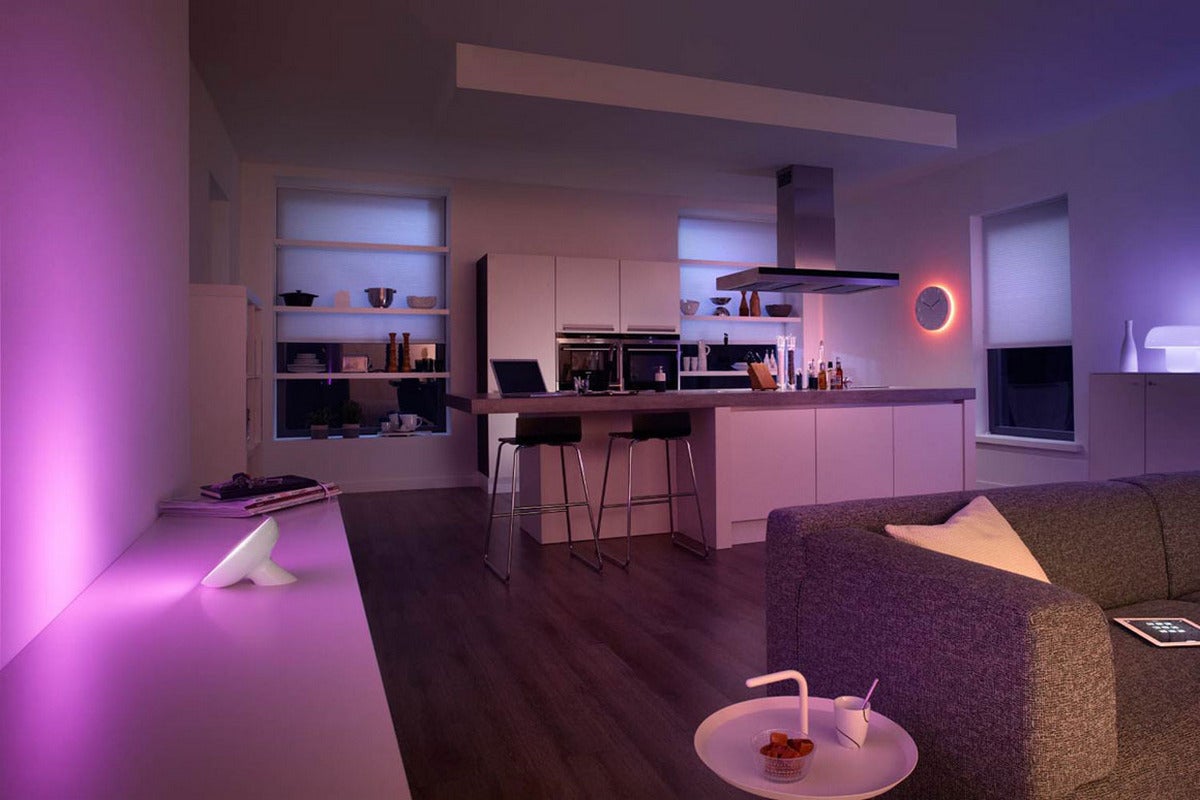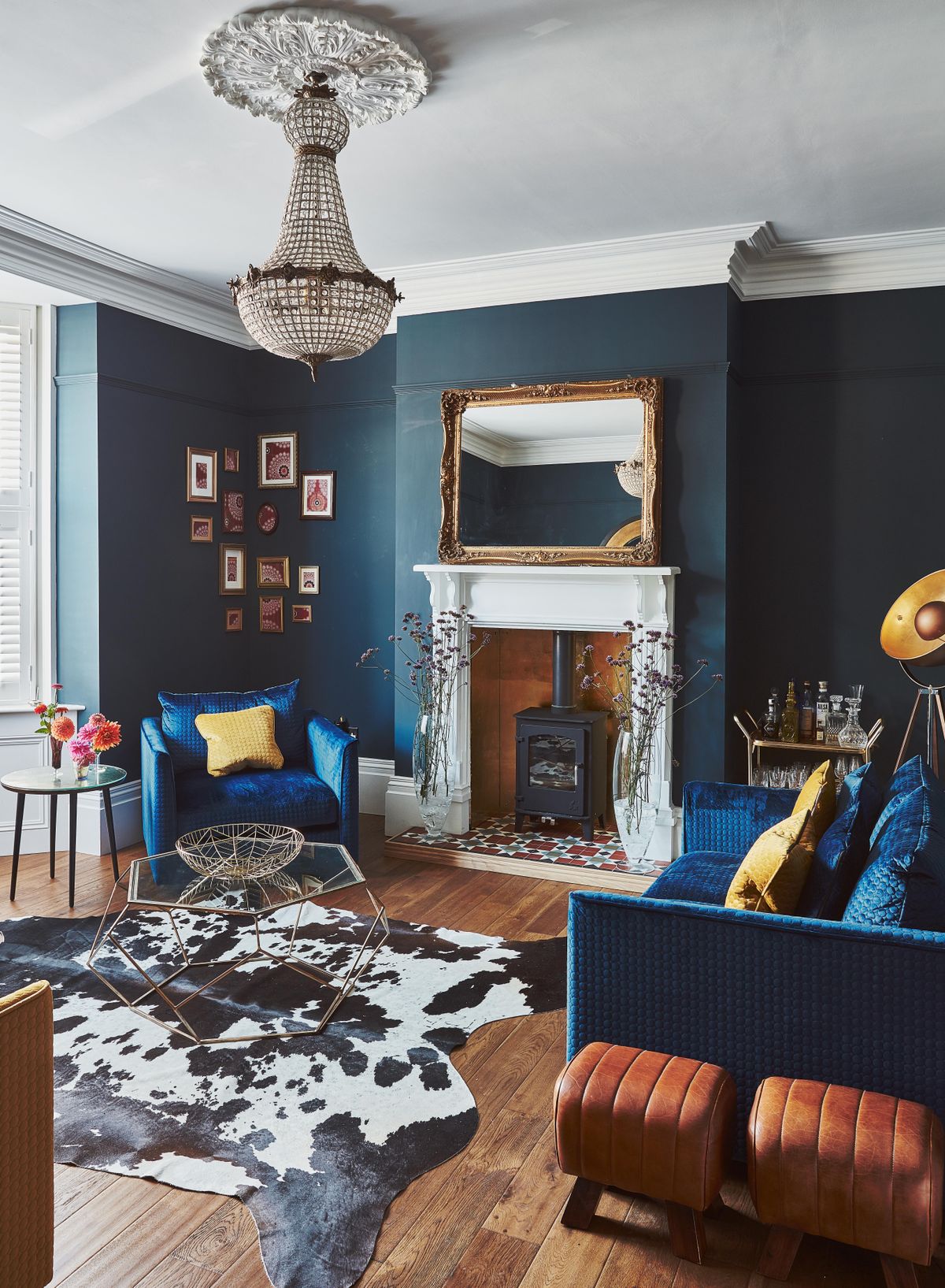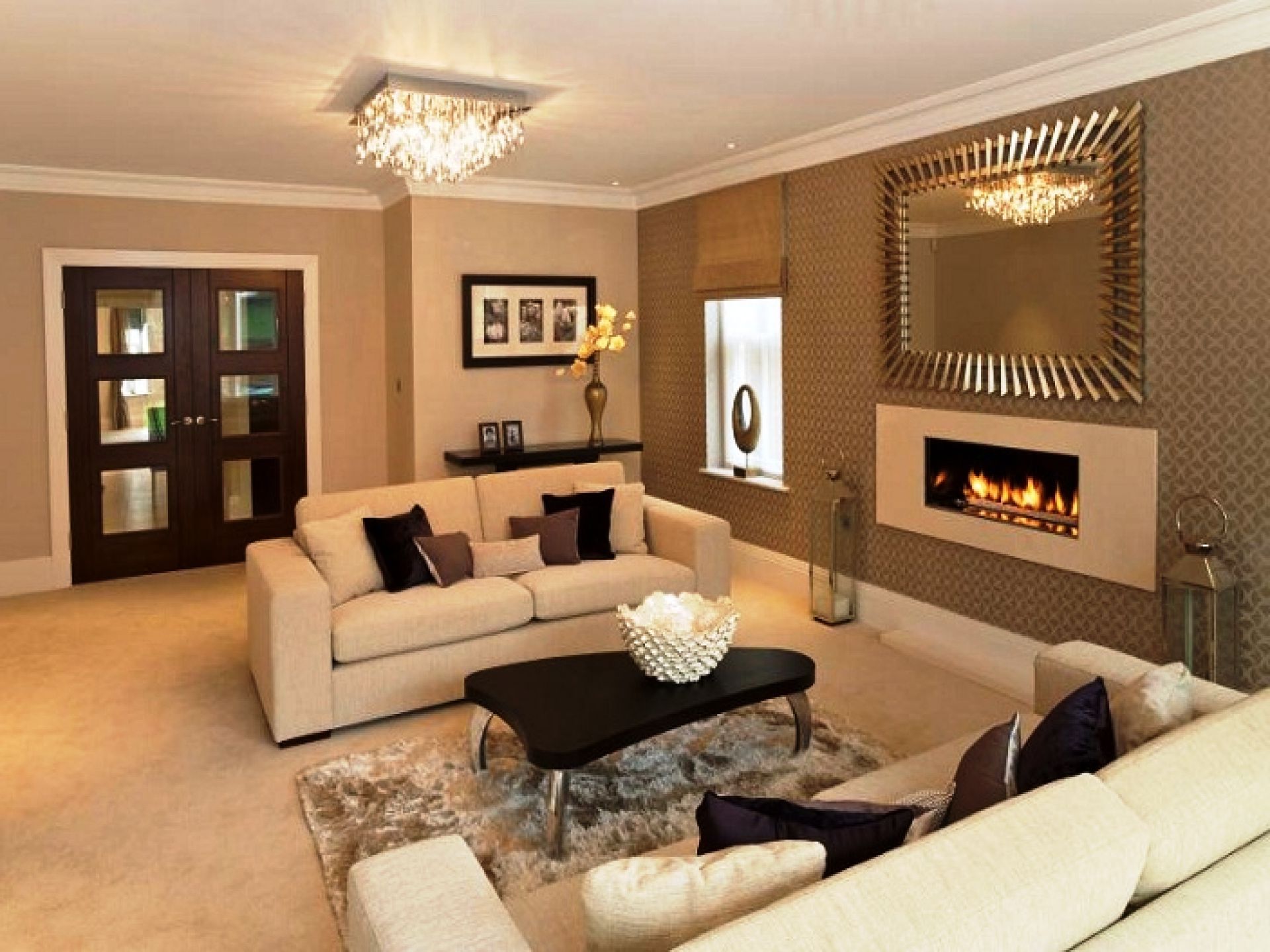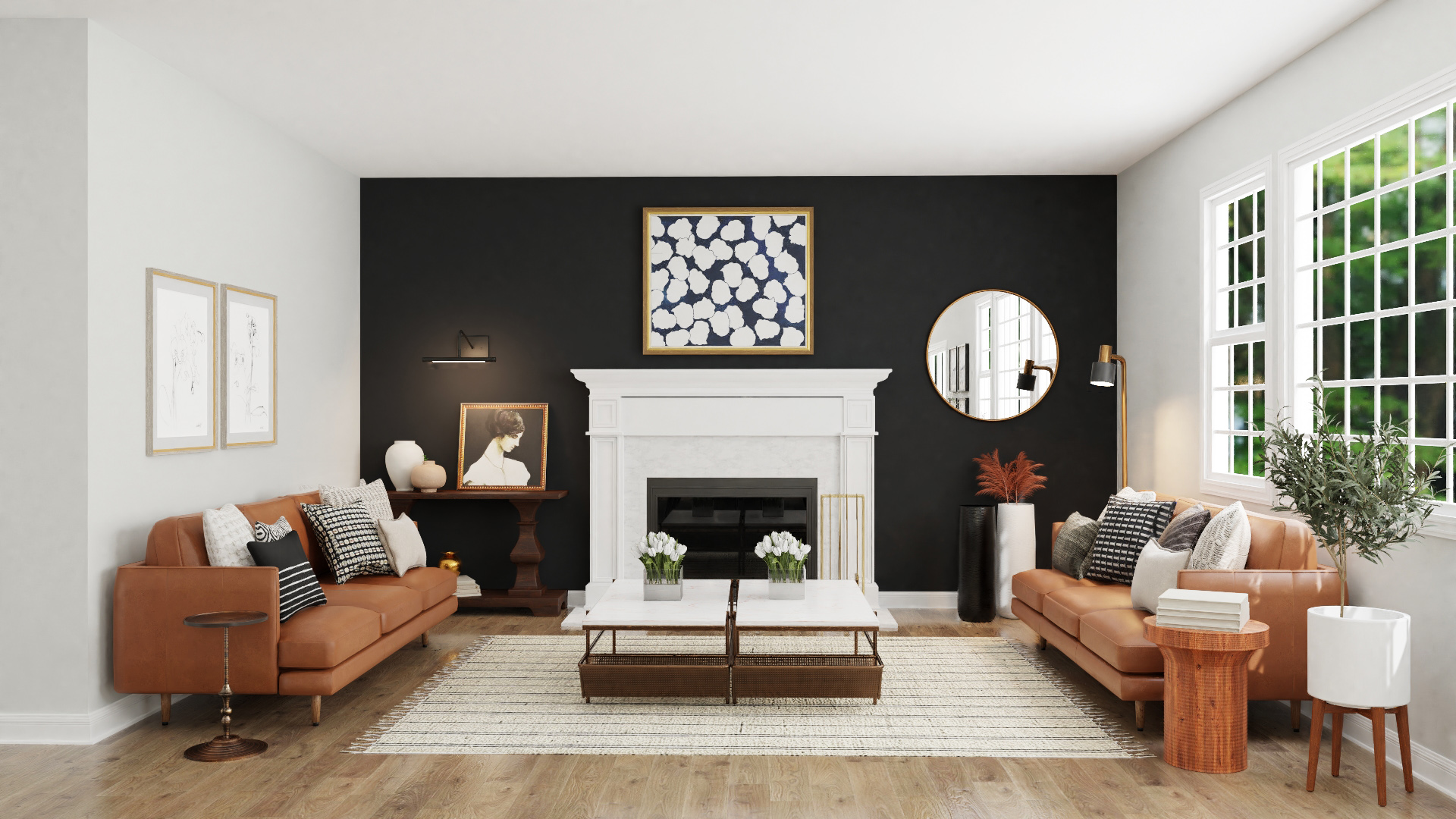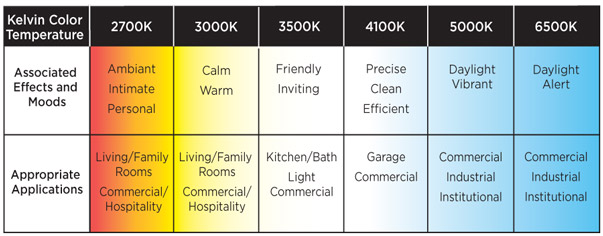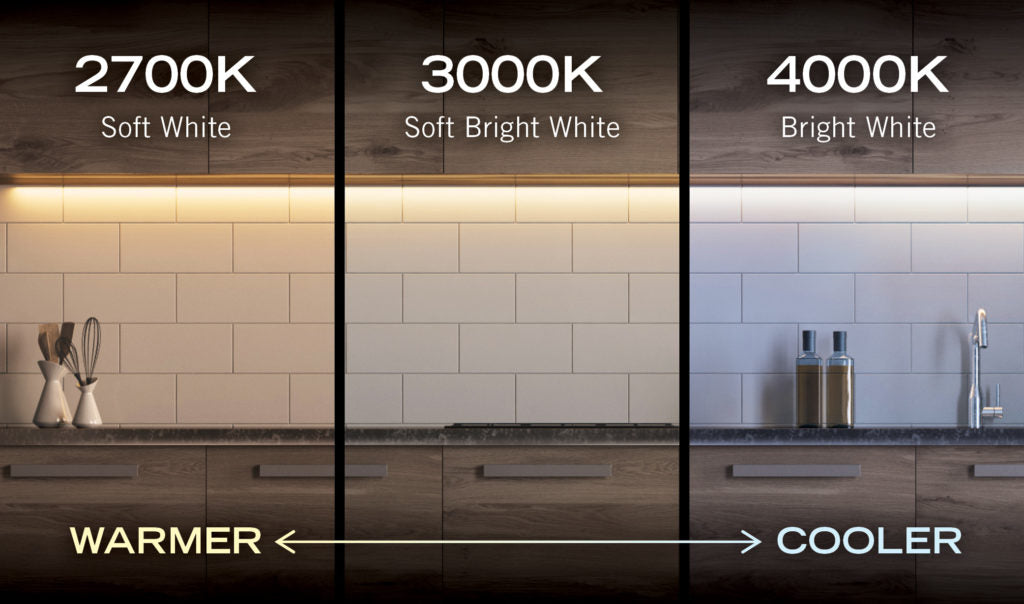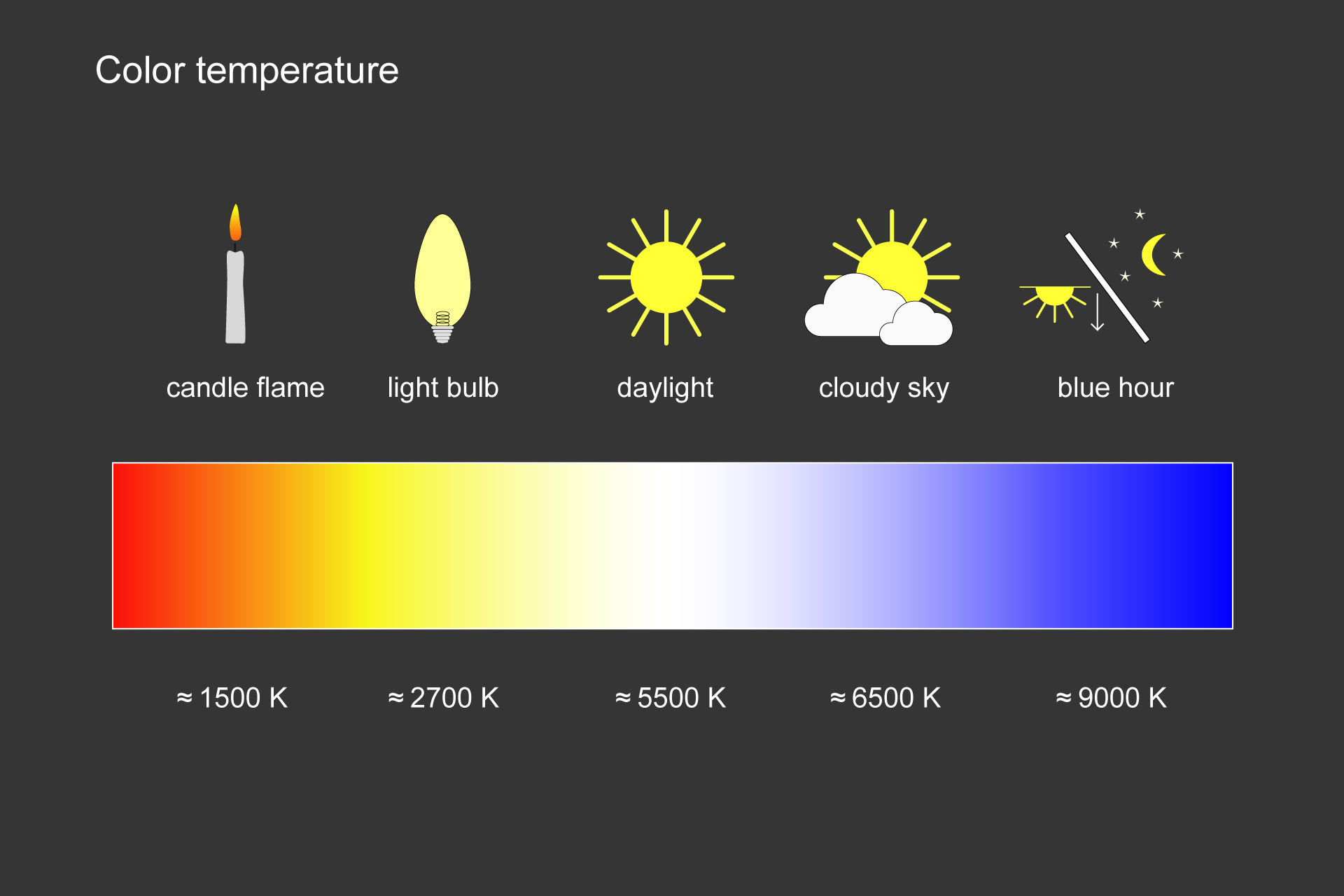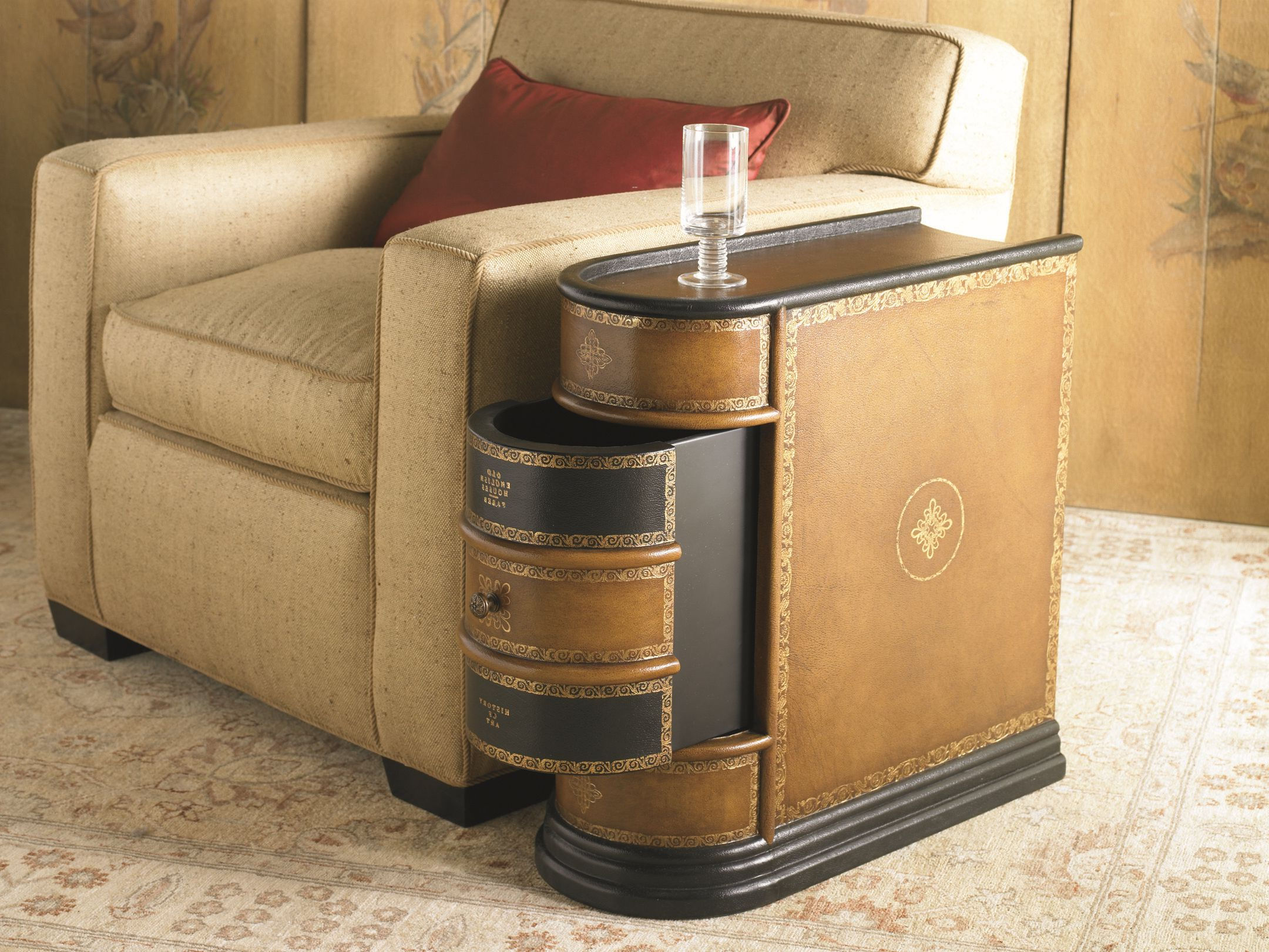The color temperature of your living room can greatly impact the overall mood and ambiance of the space. Whether you want a cozy and warm atmosphere or a bright and energetic one, choosing the right color temperature is key. To help you make the best decision for your living room, we've created a color temperature chart specifically for this room in your home.Color Temperature Chart for Living Room
When it comes to lighting, color temperature refers to the warmth or coolness of the light. Measured in Kelvin (K), lower temperatures indicate warmer, more yellow-toned light, while higher temperatures represent cooler, bluer tones. The color temperature you choose for your living room can have a significant impact on the overall look and feel of the space. Use this color temperature guide to help you decide which range of Kelvin will work best for your living room.Living Room Color Temperature Guide
When choosing the right color temperature for your living room, there are a few factors to consider. The first is the purpose of the room. If your living room is primarily used for relaxation and entertainment, you may want a warmer, more inviting color temperature. On the other hand, if you use your living room as a workspace or for activities that require more focus, a cooler color temperature may be more suitable. Another factor to consider is the existing color scheme and decor in your living room. If you have warm tones and earthy colors, a warmer color temperature will complement them nicely. If your living room has a more modern, minimalist design with cool tones, a cooler color temperature may be a better fit.Choosing the Right Color Temperature for Your Living Room
Our living room lighting color temperature chart ranges from 2000K to 6500K, with a description of the mood and ambiance each range can create. Keep in mind that these are general guidelines and personal preference should also play a role in your decision. 2000K-2500K: This range is considered very warm and creates a cozy and intimate atmosphere. It's perfect for relaxing and unwinding in your living room. 2700K-3000K: This is the most commonly used color temperature for residential lighting. It provides a warm and inviting ambiance, making your living room feel comfortable and welcoming. 3500K-4000K: This range is considered neutral and provides a balance between warm and cool tones. It's perfect for a versatile living room that is used for both relaxation and productivity. 5000K-6500K: This range is on the cooler end of the spectrum and provides a bright and energetic atmosphere. It's ideal for a living room that is used for tasks that require focus and concentration.Living Room Lighting Color Temperature Chart
There is no one "best" color temperature for a living room as it ultimately depends on your personal preference and the function of the space. However, if we had to choose, we would recommend a color temperature in the range of 2700K-3000K. This provides a warm and inviting atmosphere while still being versatile enough for various activities.Best Color Temperature for Living Room
To give you a better idea of how different color temperatures can impact the look and feel of a living room, let's compare two options - 2700K and 5000K. 2700K: This warm color temperature creates a cozy and inviting ambiance. It's perfect for relaxing in the evening or watching a movie with loved ones. 5000K: This cooler color temperature provides a bright and energetic atmosphere, making it ideal for tasks such as reading or working on a project in your living room. As you can see, the color temperature you choose can drastically change the mood and function of your living room.Living Room Color Temperature Comparison
When it comes to decorating your living room, the color temperature of your lighting should be taken into consideration. If you have warm tones and cozy decor, a warmer color temperature will enhance the ambiance. On the other hand, if you have a modern and sleek design, a cooler color temperature may complement it better.Color Temperature for Living Room Decor
If you're still unsure about which color temperature to choose for your living room, here are a few ideas to consider: Dimmable Lights: Installing dimmable lights in your living room gives you the flexibility to adjust the color temperature to your liking, depending on the time of day or the activity you're doing. Layered Lighting: Combining different types of lighting with different color temperatures can create a dynamic and visually appealing living room. For example, using warm-toned accent lights and cooler overhead lights can add depth and interest to the space. Natural Light: Don't forget about the impact of natural light on the color temperature of your living room. Consider the direction your windows face and how the natural light changes throughout the day. This can help you determine the best color temperature for your artificial lighting.Living Room Color Temperature Ideas
Using a color temperature chart is simple and can help you make an informed decision for your living room lighting. Start by considering the function of your living room and the existing decor. Then, use the chart to narrow down your options and choose a color temperature that aligns with your preferences and needs.How to Use a Color Temperature Chart in Your Living Room
Here are a few additional tips and tricks to keep in mind when choosing the color temperature for your living room: Test it Out: If you're unsure about a certain color temperature, try a temporary solution such as using a color-changing light bulb or a color filter to see how it looks in your living room before committing to it. Consider the Bulb Type: Different types of light bulbs can emit different color temperatures. For example, LED bulbs tend to have a cooler color temperature compared to incandescent bulbs. Think About Contrast: The color temperature of your lighting should also be in contrast with the color of your walls and furniture. For example, warm-toned walls may look better with cooler lighting to create balance. Now that you have a better understanding of color temperature and how it can impact your living room, use this chart and guide to help you make the best decision for your space. Remember to consider the function of your living room and your personal preferences, and don't be afraid to experiment with different color temperatures to find the perfect one for your living room.Living Room Color Temperature Tips and Tricks
The Importance of Color Temperature in Living Room Design
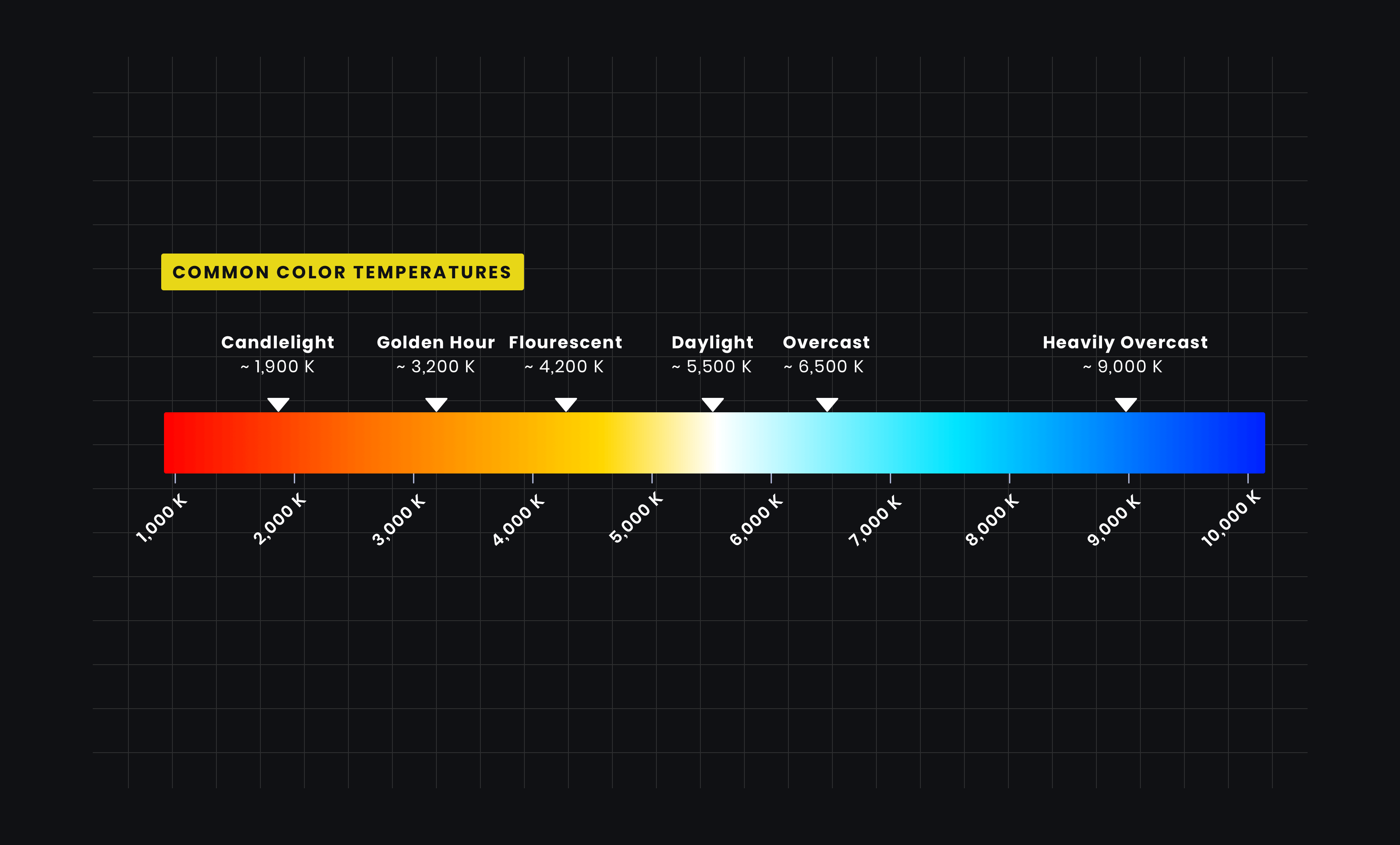
Creating the Perfect Ambiance
 When it comes to designing a living room, there are many factors to consider. From furniture to lighting, every element plays a crucial role in creating a comfortable and inviting space. However, one aspect that is often overlooked is the
color temperature
of the room.
Color temperature
refers to the warmth or coolness of a color, and it can greatly impact the overall atmosphere of a room.
When it comes to designing a living room, there are many factors to consider. From furniture to lighting, every element plays a crucial role in creating a comfortable and inviting space. However, one aspect that is often overlooked is the
color temperature
of the room.
Color temperature
refers to the warmth or coolness of a color, and it can greatly impact the overall atmosphere of a room.
The Basics of Color Temperature
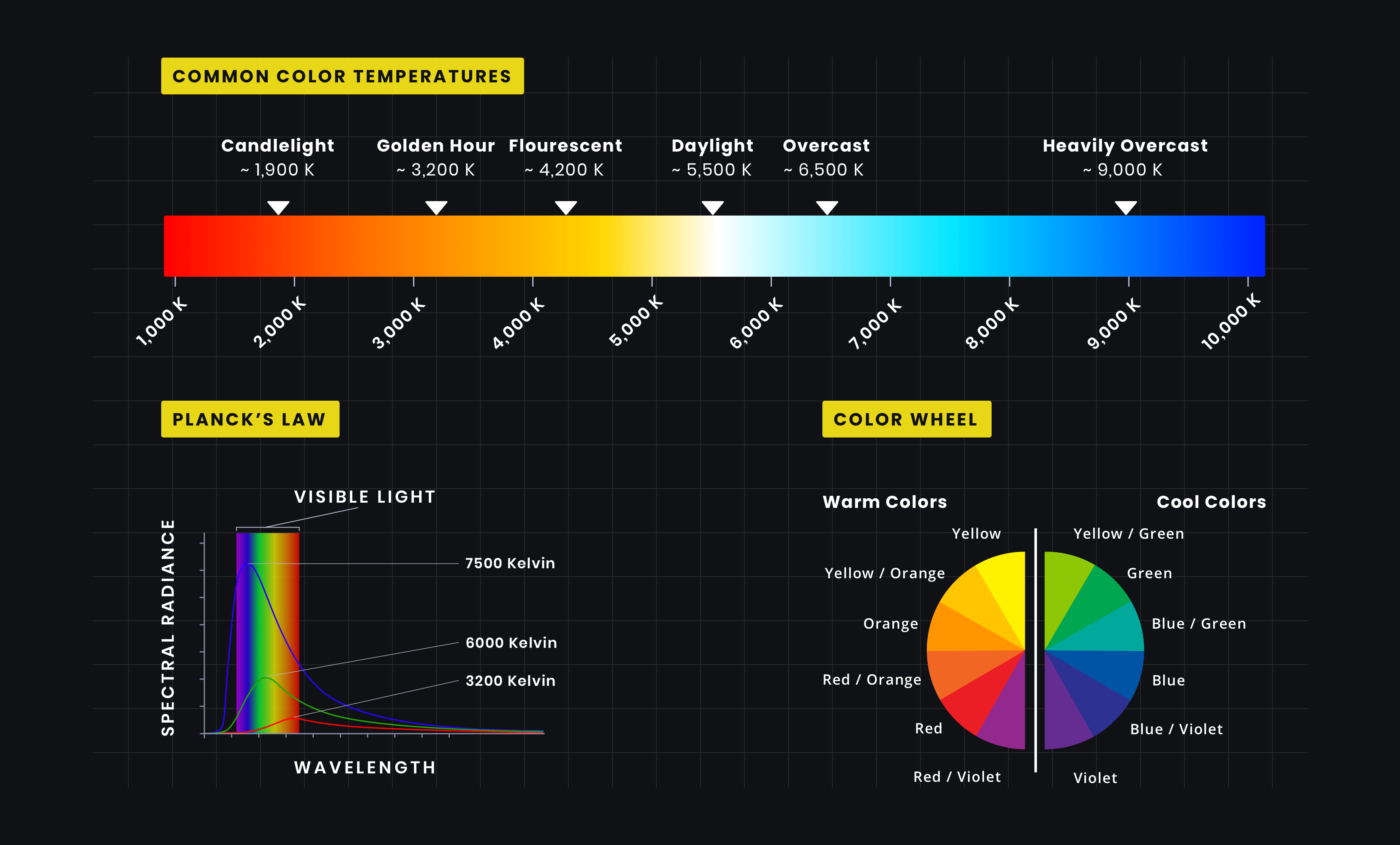 Before diving into how to use a
color temperature chart
to design your living room, it's important to understand the basics. Colors are typically categorized as warm or cool, with warm colors having a
color temperature
of 3000K or lower, and cool colors having a
color temperature
of 4000K or higher.
Color temperature
can also refer to the color of light, with warm light having a yellow or orange hue and cool light having a blue or white hue.
Before diving into how to use a
color temperature chart
to design your living room, it's important to understand the basics. Colors are typically categorized as warm or cool, with warm colors having a
color temperature
of 3000K or lower, and cool colors having a
color temperature
of 4000K or higher.
Color temperature
can also refer to the color of light, with warm light having a yellow or orange hue and cool light having a blue or white hue.
Choosing the Right Colors
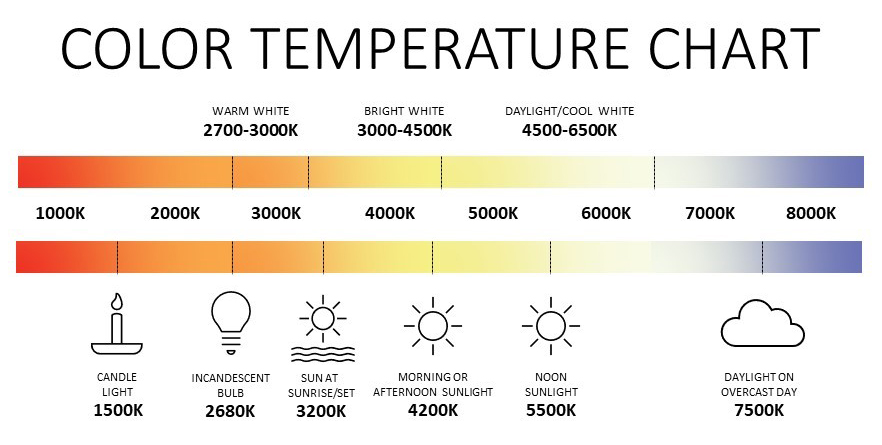 When designing a living room, it's essential to choose a color scheme that creates a harmonious and welcoming environment. This is where a
color temperature chart
can come in handy. By using warm colors, such as reds, oranges, and yellows, you can create a cozy and inviting atmosphere. On the other hand, cool colors like blues, greens, and purples can make a room feel calm and serene.
When designing a living room, it's essential to choose a color scheme that creates a harmonious and welcoming environment. This is where a
color temperature chart
can come in handy. By using warm colors, such as reds, oranges, and yellows, you can create a cozy and inviting atmosphere. On the other hand, cool colors like blues, greens, and purples can make a room feel calm and serene.
Utilizing Different Color Temperatures
 Incorporating a variety of
color temperatures
into your living room design can add depth and interest to the space. For example, pairing warm and cool colors together can create a balanced and dynamic look. You can also use different
color temperatures
in different areas of the room to create a sense of flow and continuity.
Incorporating a variety of
color temperatures
into your living room design can add depth and interest to the space. For example, pairing warm and cool colors together can create a balanced and dynamic look. You can also use different
color temperatures
in different areas of the room to create a sense of flow and continuity.
The Impact of Lighting
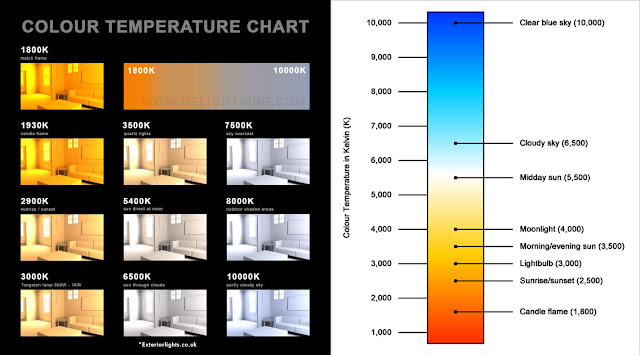 Lighting plays a significant role in setting the
color temperature
of a room. Natural light tends to have a cooler
color temperature
during the day and a warmer
color temperature
during the evening. Artificial lighting, on the other hand, can be adjusted to achieve a desired
color temperature
. By using a combination of natural and artificial lighting, you can create a living room that is both functional and visually appealing.
Lighting plays a significant role in setting the
color temperature
of a room. Natural light tends to have a cooler
color temperature
during the day and a warmer
color temperature
during the evening. Artificial lighting, on the other hand, can be adjusted to achieve a desired
color temperature
. By using a combination of natural and artificial lighting, you can create a living room that is both functional and visually appealing.
In conclusion, color temperature is a crucial element to consider when designing a living room. By using a color temperature chart and understanding how different colors can impact the atmosphere of a room, you can create a space that is both beautiful and comfortable. So, next time you're redecorating your living room, don't forget to take color temperature into consideration.

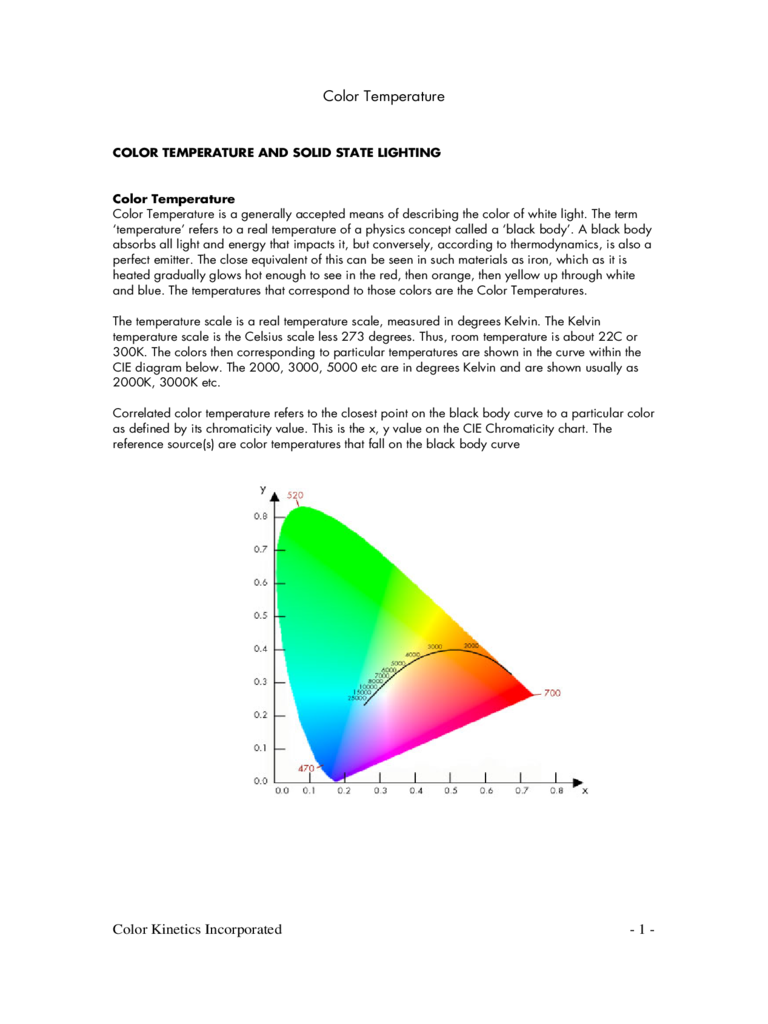
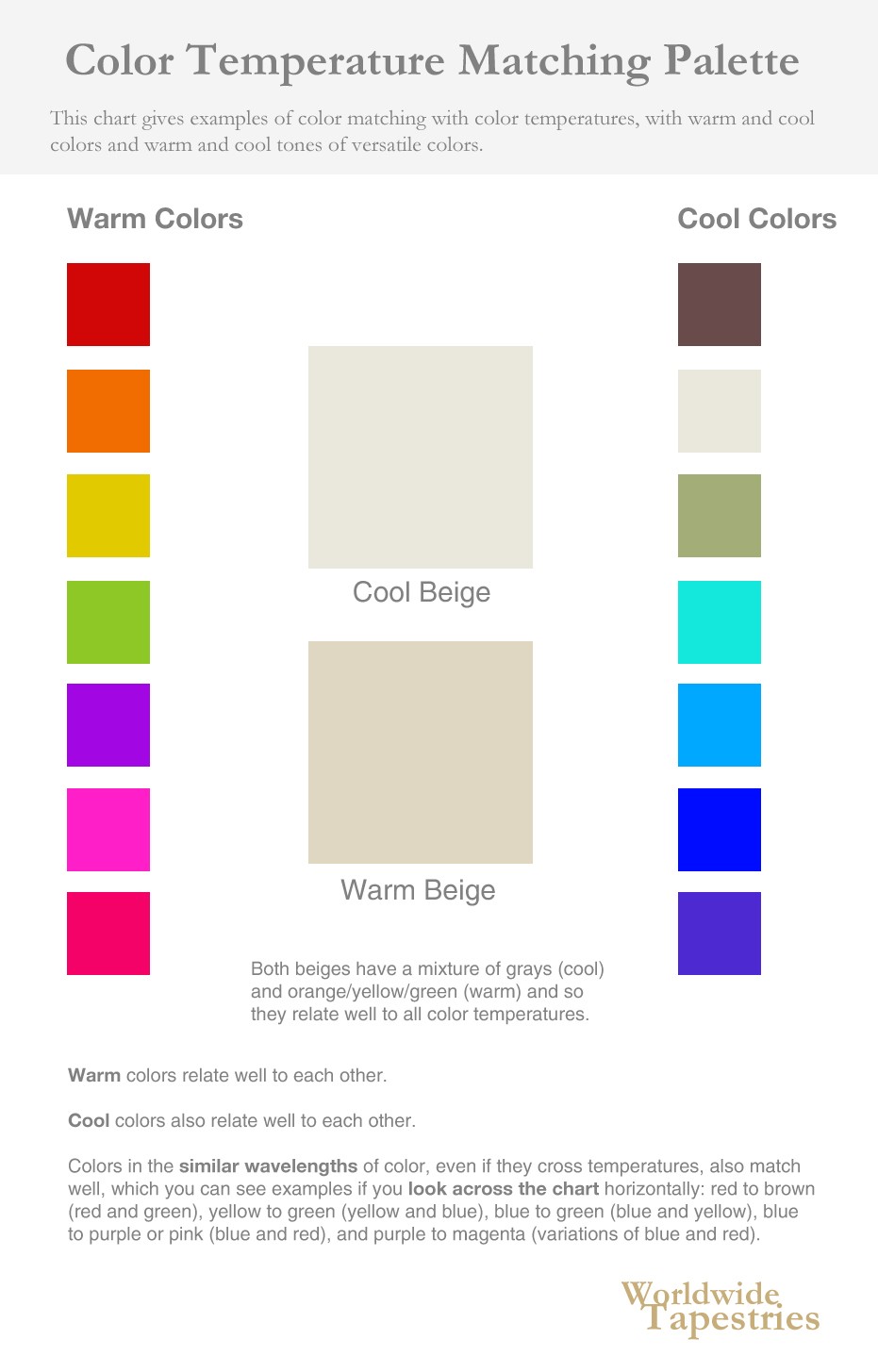

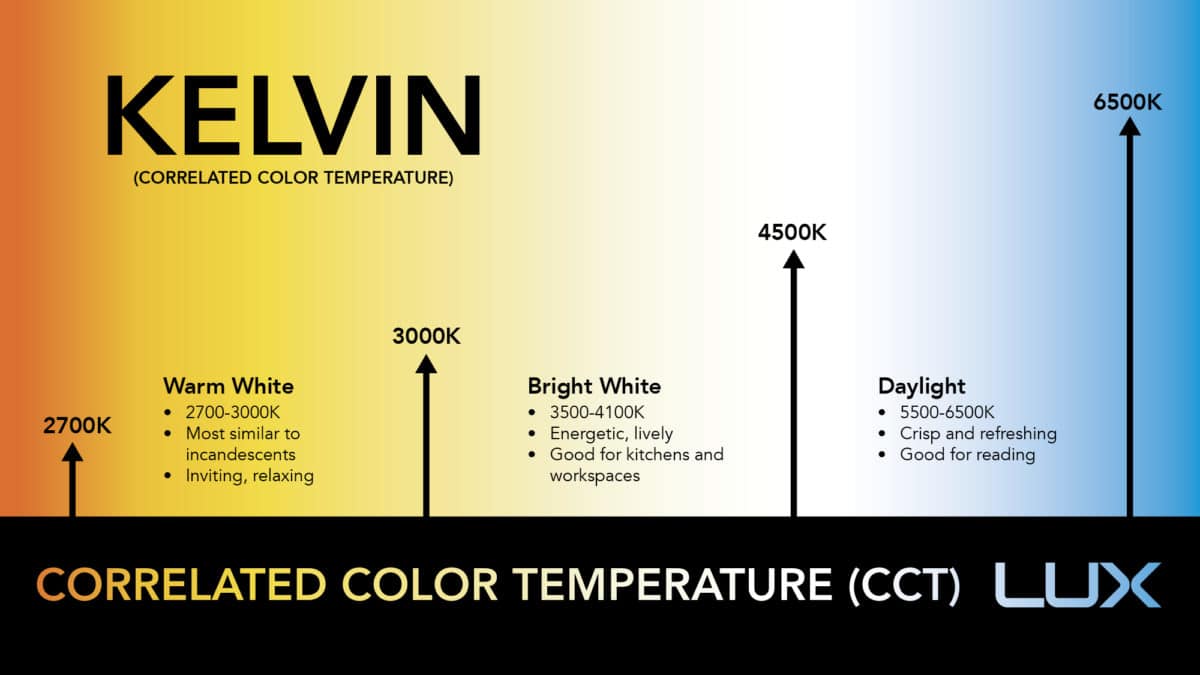
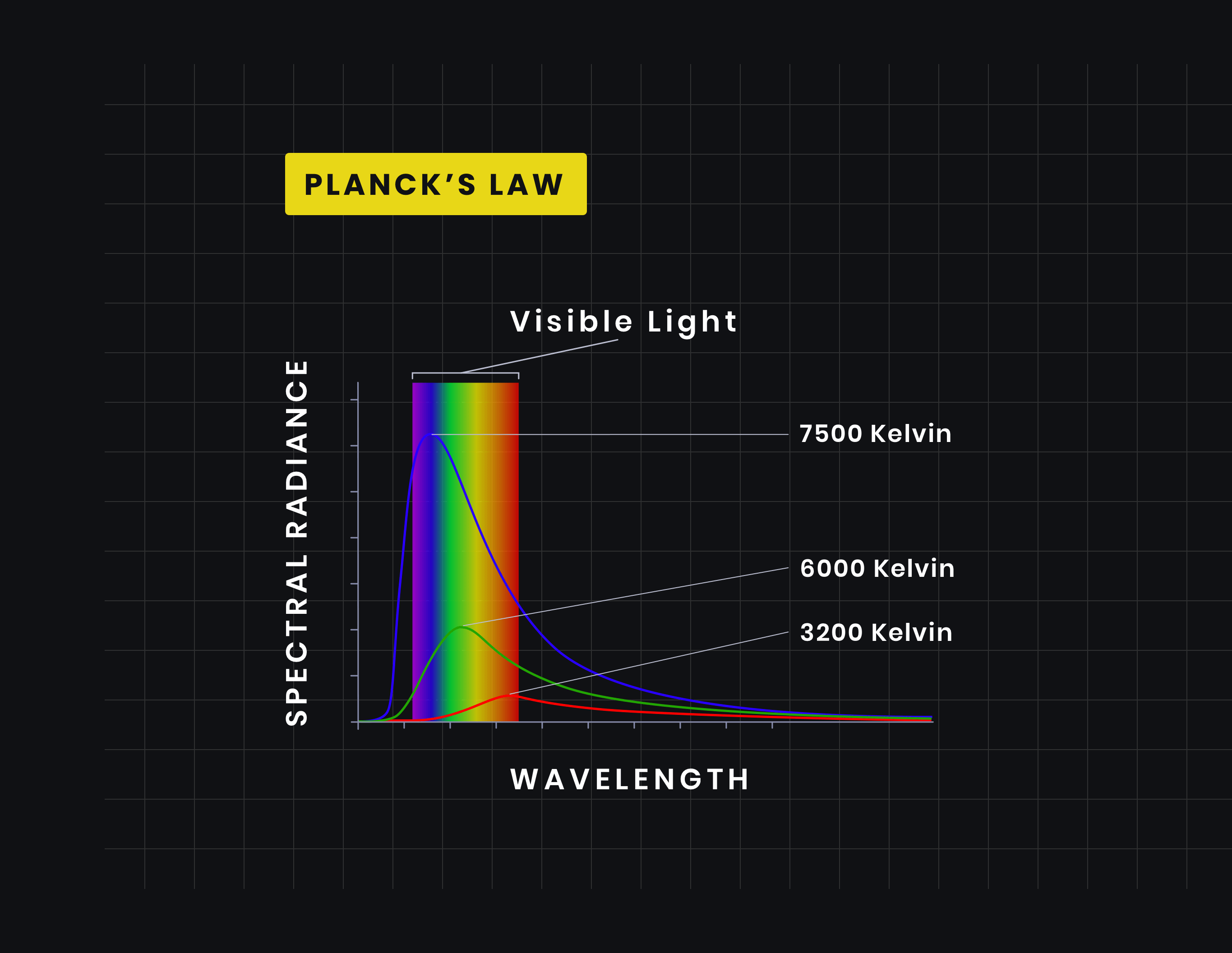





/169789002-58a723d63df78c345b930ec6.jpg)
